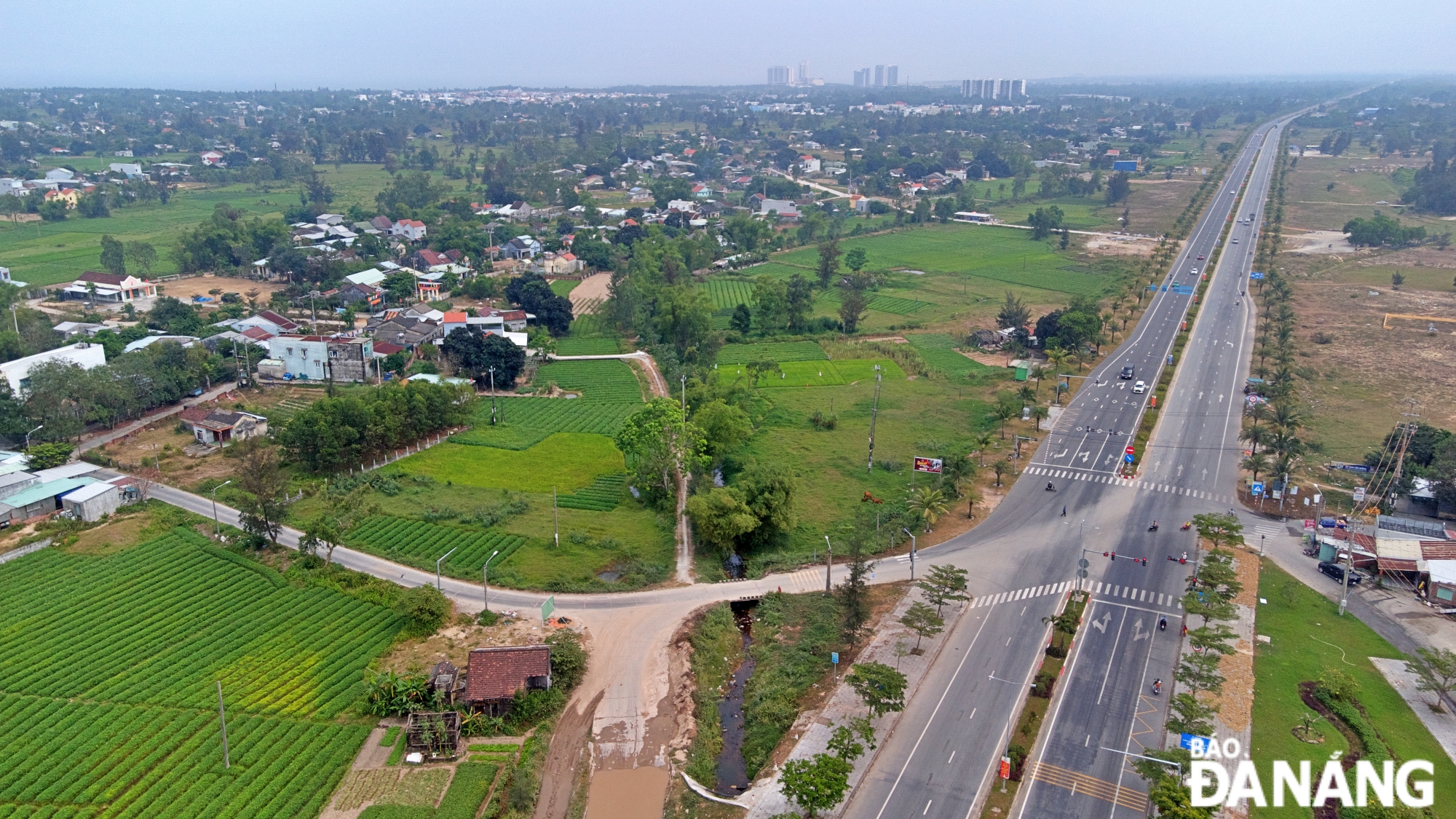Da Nang seeks solutions to cope with sea level rise, high tide
Da Nang’s average sea level increases at a rate of 3.69mm per year, according to the municipal Department of Natural Resources and Environment.
In addition, the city is often under the double impact of strong storms or tropical depressions, cold spells combined with extreme rains and floods from upstream of local rivers.
In fact, city-dwellers have been witnessing the effects of sea level rise and high tides over the past years.
Specifically, the Cam Le River has severely been affected by the intrusion of saline water. Irrigation water for the La Huong safe vegetable production area in Hoa Tho Dong Ward, Cam Le District, and similar production areas in Hoa Chau and Hoa Tien communes, Hoa Vang District, have been affected by saline intrusion in the dry season.
When the city braced for such strong tropical storms as Storm No. 9 in October 2020, Storm No. 13 in November 2020, and Storm No. 4 in September 2022), a number of coastal positions along Hoang Sa and Vo Nguyen Giap streets were eroded. Also, sand and trash were washed up on some coastal roads due to high tides. Rainwater discharge outlets to the sea were damaged, affecting the anti-flooding works of residential areas.
Besides, big waves and high tides often crash the embankment on Nhu Nguyet Street, and flood some roads in residential areas in Thuan Phuoc Ward, Hai Chau District due to the strong influence of the storms and cold front.
Notably, high tide has been identified by the municipal authorities as one of the main causes of urban flooding when heavy rains have occurred in recent years, especially heavy rains on October 14, 2022 causing widespread and historic flooding in the city. In addition, in winter and early spring, cold air combined with strong northeast monsoon is the main cause of coastal erosion.
In an effort to deal with increasing impacts from floods, storms and coastal erosion, over the past year, Da Nang has implemented a coastal management programme with many measures to strengthen community resilience to climate change.
In particular, the city has strengthened more than 6,500m of sea dykes to protect and save more than 400ha of land, especially agricultural land, as well as deployed projects and solutions to prevent and combat saline intrusion caused by sea level rise.
Most recently, the municipal People's Committee has asked for support from the Central Government to carry out a project on strengthening the embankment system with a length of nearly 2,000m along the Hoang Sa - Vo Nguyen Giap - Truong Sa coastal route at a total cost of VND180 billion.
Also, the city is in need of drastic solutions to drain water on the surface to reduce flooding in the context of extreme rain, high tide, sea level rise, and large coastal waves, easily causing the risk of flooding in urban areas on a large scale.
Vice Chairman of the Hai Chau District People’s Committee Nguyen Van Duy stressed the need for relevant agencies to study effective ways to promote surface water drainage for urban areas of Hai Chau District in particular and the city in general in the coming time.
According to Director of the Da Nang Drainage and Wastewater Treatment Company Ha Van Thanh, in some times of low tide, the company can still close the door to prevent the tide to operate the anti-flood pumping station for the upper areas. However, when there is a large flood due to high tide, there is no effective solution. Therefore, the company is in need of support from experts, scientists and specialized agencies to implement anti-flood solutions.
Reporting by HOANG HIEP - Translating by M.DUNG








